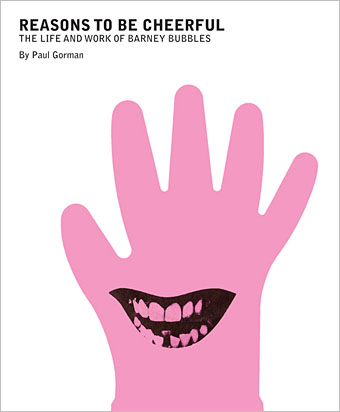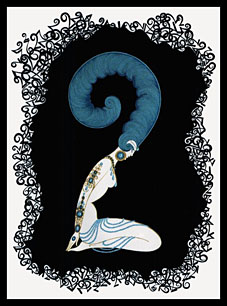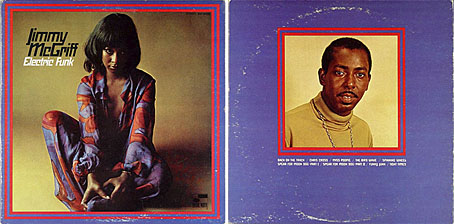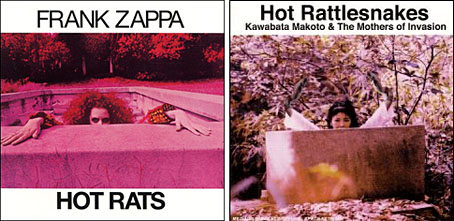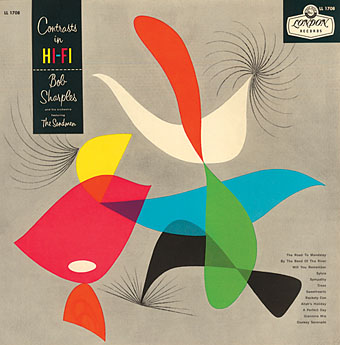
Contrasts in Hi-Fi by Bob Sharples.
A Tribute to Alex Steinweiss
The Creator of the Album Cover
Robert Berman Gallery announces an exhibition of Alex Steinwiss. Original album covers, paintings, and collages by Steinweiss, and special tribute by selected artists. Co-curated by Kevin Reagan and Greg Escalante.
In 1939, a 23 year-old graphic designer revolutionized the music industry. No longer would records come in plain brown wrappers. As Art Director at Columbia Records, Steinweiss created the ‘album package.’ His idea was to create a visual to complement the musical. It was an instant success, and spawned an entire new field of illustration and design: Album Cover Art. Steinweiss was the king of the genre; his covers are still regarded as icons.In his four decade career, Steinweiss created album covers for musical luminaries such as Louis Armstrong, Duke Ellington, Igor Stravinsky and Benny Goodman.
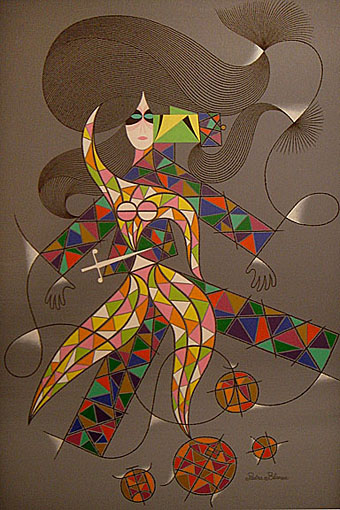
The Miraculous Mandarin (circa 1977).
The Steinweiss exhibition will feature 50 of his original cover designs, plus 50 original ‘tribute’ works, created specifically for this show. Artists that are honoring Steinweiss in the show include: Clive Barker, Bill Barminski, Ron English, Mick Haggerty, Raymond Pettibon, Shag, and Glenn Wexler. The featured artists have created album covers for a wide range of musicians, including Black Flag, Dixie Chicks, Goo Goo Dolls, Supertramp, and Rob Zombie.
“Steinweiss is 90 years old this year; this tribute is long over-due. The art community is excited to have a chance to pay homage to Alex’s unprecedented contribution to album cover art,” says Kevin Reagan, three time GRAMMY winning Art Director.
“It’s amazing to discover this one man, this un-sung hero, who is responsible for inventing the album. Steinweiss should be a household name,” says Greg Escalante, curator of Juxtapoz, and co-founder of Copro-Nason Gallery.
“The opportunity to highlight ‘the art of music’ is exciting. You have the energy of two different genres, and their combination is explosive,” says gallery owner Robert Berman. “Just plain design didn’t mean a damn thing,” Steinweiss says. You had to know music. I had to find a way to bring out the beauty of the music and the story.” (dwell, 10/07)
Alex Steinweiss lives in Sarasota, Florida, where he continues to design and paint.
A Tribute to Alex Steinweiss
Gala Opening: January 19th
Show runs through February 12th, 2008
Robert Berman Gallery
Bergamot Station Arts Center
2525 Michigan Avenue, C2
Santa Monica, CA 90404
• Alex Steinweiss at the Art Director’s Club Hall of Fame
• For the Record: The Life and Work of Alex Steinweiss at Amazon
• Alex Steinweiss at Soundfountain
Elsewhere on { feuilleton }
• The album covers archive
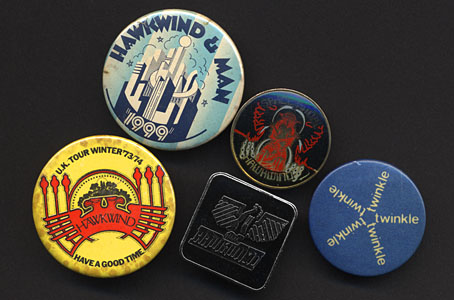
 Also this week, Yvonne at Nemeton picked { feuilleton } as one of her nominations for the I Love Your Blog award. While I’m going to sidestep the difficult choice of having to pass the award on (which would require nominating a new group of people) I can at least add Nemeton—described as “musings on philosophy, politics, mysticism, geeky stuff, literature, news and ideas”—to the blogroll. Thanks Yvonne!
Also this week, Yvonne at Nemeton picked { feuilleton } as one of her nominations for the I Love Your Blog award. While I’m going to sidestep the difficult choice of having to pass the award on (which would require nominating a new group of people) I can at least add Nemeton—described as “musings on philosophy, politics, mysticism, geeky stuff, literature, news and ideas”—to the blogroll. Thanks Yvonne!
